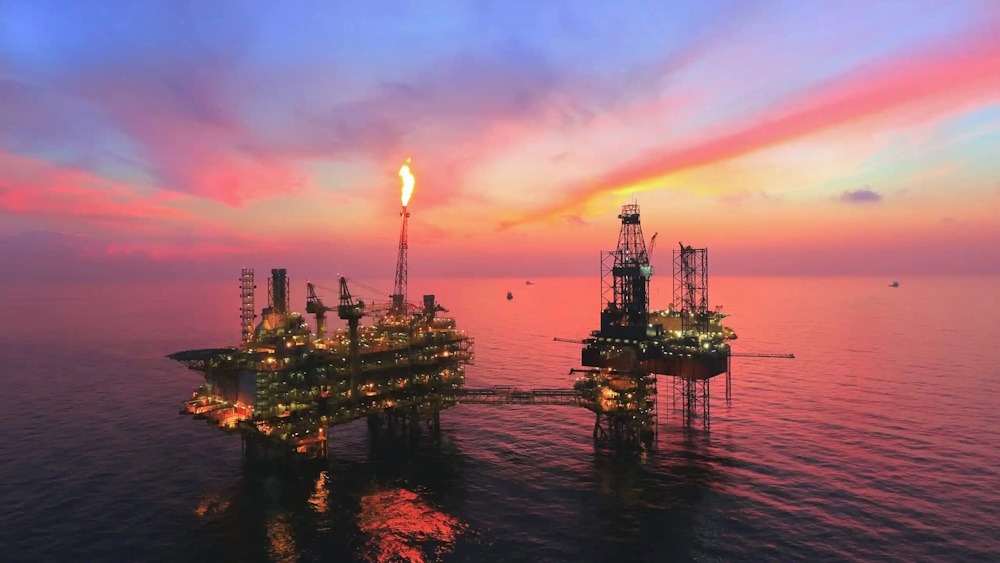President Javier Milei’s economic programme is fundamentally anchored in the expectation that Argentina will significantly enhance its export capacity in the years ahead. However, projections tend to perform more effectively in theory than in practice. It is not uncommon for a nation, such as Argentina, to focus solely on its internal affairs, seemingly oblivious to external influences, until an event or development disrupts this insular perspective—whether suddenly or through a more gradual, subtle process.
Last Sunday, representatives from several OPEC+ oil-producing nations, including Saudi Arabia, Russia, Iraq, UAE, Kuwait, Kazakhstan, Algeria, and Oman, convened via Zoom to determine an increase in their oil production for the upcoming month by more than half a million barrels per day. They are reinstating a previous voluntary reduction, aiming to avoid further erosion of market share to other, predominantly Western, competitors.
The news largely escaped attention in this context. The decision’s magnitude should not be underestimated, particularly when considering Argentina’s relative size. Half a million barrels of oil exceeds the recent record production of 476,000 barrels per day from Vaca Muerta. President Javier Milei’s economic programme is fundamentally anchored in the expectation that Argentina will significantly boost its exports in the forthcoming years. The economic team has stated clearly: “Argentina will triple its exports in the coming eight years,” remarked Finance Secretary Pablo Quirno during a business event this week. If that occurs, he remarked, “there will be no shortage of dollars in the coming years.”
However, what if it fails to do so? Projections tend to be more effective in theory than in practice. Argentina has indeed made notable progress in various areas over the past few years. In 2022, the nation recorded an energy trade deficit nearing US$5 billion. In the previous year, the sector recorded a surplus amounting to US$5.6 billion. Initial estimates indicated the surplus would climb to US$7.5 billion this year; however, the global price cut has revised those expectations downward to approximately US$6 billion now. The decision by OPEC+ countries could potentially drive prices down further later this year, contingent upon market perceptions of an impending “oil glut.” Donald Trump would likely express satisfaction regarding that development.
Energy and mining represent significant potential, as evidenced by discussions across various sectors and interactions with diverse stakeholders. This week, newspapers reported on “the biggest investment project in the history of Argentina,” involving a US$15 billion investment in a copper mine located in the western province of San Juan, undertaken by a joint venture between an Australian and a Canadian firm. The headline captures attention and the commitment is evident; however, this is capital that will only manifest over an extended period through tangible exports. This week, Southern Energy reached its final investment decision regarding the second phase of a liquefied natural gas (LNG) export project, with an estimated cost of US$6 billion over the next ten years. The company anticipates that the total investment along the supply chain could reach up to US$15 billion over the next two decades.
Similar to projections, investments may appear appealing on paper; however, aligning the paper with reality presents a distinct challenge. In late 2021, the Australian firm Fortescue made headlines by announcing a significant private investment of US$8.4 billion for a green hydrogen plant in Río Negro, marking one of the largest investments in decades. After a span of four years, the company has ultimately conceded that the project will not proceed.
Argentina faces the peril of existing in the present as though the assurances of the future have already transcended mere potential. In 2026 and 2027, Argentina faces the obligation of approximately US$25 billion annually in foreign debt repayments. Consequently, Economy Minister Luis Caputo and his team are under significant pressure to reduce country risk ratings to a threshold that would make the refinancing of this debt feasible. Consequently, the current emphasis on asserting that the election will eliminate “the kuka” risk (or Kirchner risk, with a reference to cockroaches) suggests that, thereafter, Milei will smoothly navigate towards re-election to fulfill his vision for the country’s transformation. “We must secure the appropriate vote,” stated Quirno.
An Argentina characterized by commoditization, featuring a robust peso and elevated dollar-denominated wages, would require an enormous influx of dollars—not for success, but simply to sustain itself. This is particularly true if the nation fails to accumulate savings during prosperous periods to weather the inevitable downturns. The remarkable level of foreign tourism this winter is evident to all observers, as highlighted by a recent report from a Financial Times correspondent who was taken aback by the sight of Argentines enjoying caipirinhas on the beaches of Rio de Janeiro. Even if the Milei programme continues to achieve fiscal surpluses for the federal administration despite the ongoing resistance from Congress, there will inevitably be a party responsible for covering the costs, potentially compromising the Central Bank’s foreign reserves. In liquid assets.

